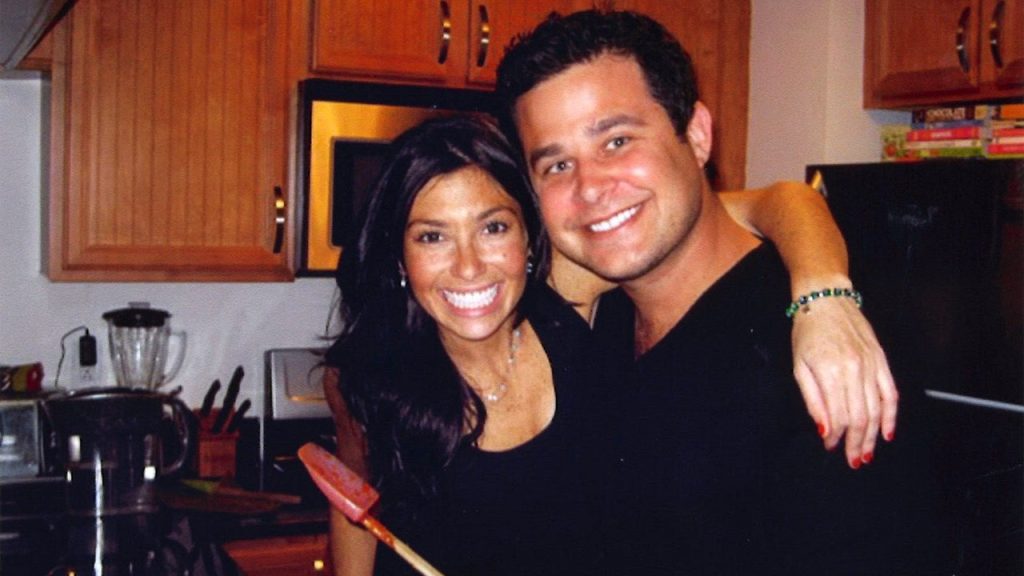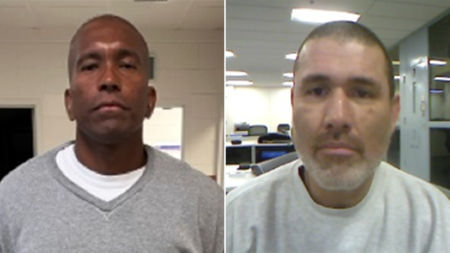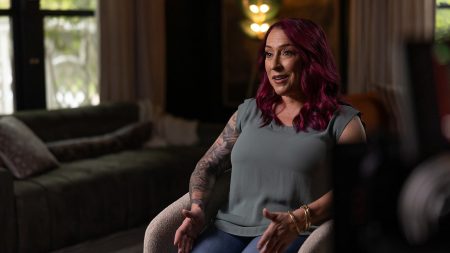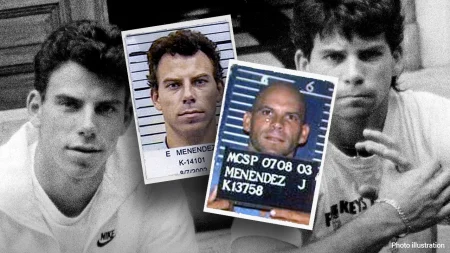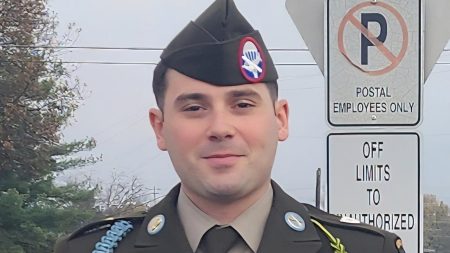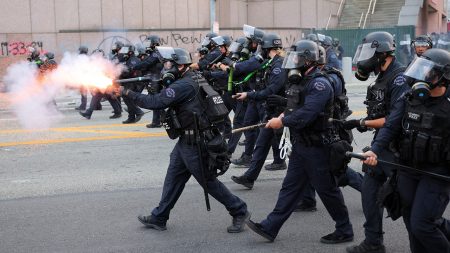The perplexing case of Ellen Greenberg, a 27-year-old Philadelphia teacher, has taken a dramatic turn as the original medical examiner reversed his suicide ruling, propelling the case into a courtroom battle more than a decade after her death. Greenberg was found in her kitchen on January 26, 2011, during a blizzard, with 20 stab wounds, a knife lodged in her chest, and a half-prepared fruit salad on the counter. The initial ruling of suicide, made after a closed-door meeting between the medical examiner and police, has been a source of contention and fueled the Greenbergs’ relentless pursuit of justice for their daughter. This reversal by Dr. Marlon Osbourne, the forensic pathologist, breathes new life into their legal fight and opens the door for a trial that will delve into the numerous unanswered questions surrounding Greenberg’s tragic demise.
The Greenbergs’ lawsuit against the city of Philadelphia, finally cleared to proceed to trial, alleges a concerted effort to conceal the true nature of their daughter’s death. They accuse officials and the medical examiner’s office, including Dr. Osbourne, of participating in a conspiracy to disguise a homicide as suicide. This assertion aligns with the numerous inconsistencies and irregularities that have plagued the investigation from the beginning, including the unauthorized cleaning of the crime scene before thorough forensic investigation, the removal of personal belongings by a judge related to Greenberg’s fiancé, and the seemingly inexplicable nature of the multiple stab wounds, some of which were inflicted post-mortem. Judge Michael Erdos, during preliminary hearings, expressed bewilderment at the handling of the case, particularly the continued classification of the death as suicide. This judicial acknowledgment of potential missteps adds weight to the Greenbergs’ claims and sets the stage for a potentially explosive trial.
Dr. Osbourne’s recent statement declaring his changed opinion adds a crucial layer of complexity to the case. He acknowledges having access to new information that could have altered his initial assessment. This admission, along with his original classification of the death as homicide before changing it to suicide after a private meeting with police, raises serious questions about the integrity of the initial investigation and potential undue influence. The Greenbergs’ legal team will likely seize upon this shift in the medical examiner’s opinion as a cornerstone of their argument, further bolstering their claim of a cover-up. The trial will likely explore the nature of this new information and the circumstances surrounding the initial change in ruling, potentially revealing critical details that were previously obscured.
The circumstances surrounding Greenberg’s death are rife with peculiarities that have fueled speculation and suspicion for years. The sheer number of stab wounds, including those inflicted post-mortem, the presence of bruises in various stages of healing suggesting prior physical trauma, and the overall disarray of the scene clash with the typical presentation of a suicide. These inconsistencies, combined with the questionable actions taken in the immediate aftermath of the discovery of Greenberg’s body, paint a picture of a potentially mishandled investigation. The removal of Greenberg’s personal belongings, including her computer and cell phone, by her fiancé’s uncle, a prominent judge, before police could secure the scene, further complicates the narrative and raises questions about potential obstruction of justice.
Adding to the intricate web of relationships and potential conflicts of interest is the involvement of Greenberg’s fiancé, Sam Goldberg, who discovered her body. While he has maintained his innocence, questions remain about his account of events and the timeline leading up to Greenberg’s death. The lawsuit, however, focuses on the actions of officials and the medical examiner’s office, alleging a deliberate attempt to manipulate the narrative and obscure the truth. The trial will likely delve into the interactions between Goldberg, the police, and his influential uncle, seeking to determine whether any undue influence was exerted on the investigation and if any evidence was compromised.
The Greenbergs’ relentless pursuit of justice for their daughter has spanned more than a decade, involving multiple legal battles and unwavering determination. This latest development, with the original medical examiner reversing his suicide ruling and the case proceeding to trial, represents a significant step towards uncovering the truth behind Ellen Greenberg’s tragic death. The trial promises to be a high-stakes legal battle, excavating the details of a complex and controversial case that has captivated public attention for years. The Greenbergs hope that this legal process will finally bring to light the answers they have been seeking and provide closure in their daughter’s case. The outcome of this trial could have far-reaching implications, not only for the Greenbergs but also for the credibility of the Philadelphia medical examiner’s office and the city’s handling of similar cases in the future.




